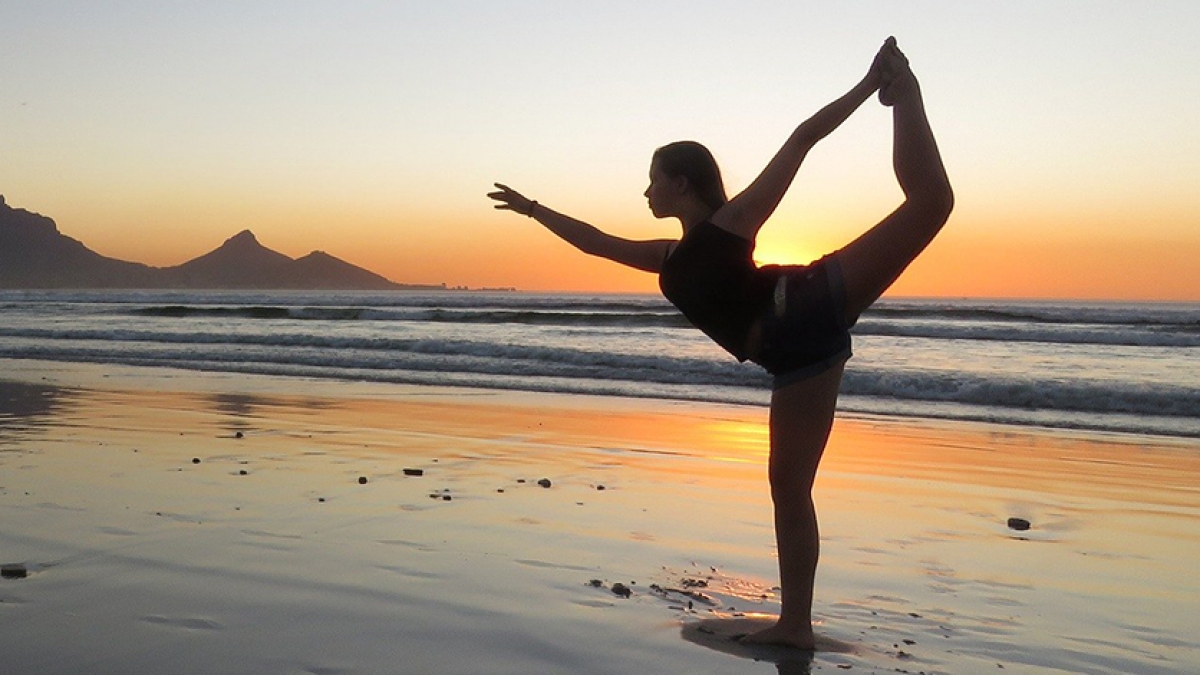With the arrival of the new decade, the relevance of yoga continues to grow around the world. But why is this ancient practice still expanding exponentially? And how is the new generation of yoga teachers making it relevant to the modern world?
Traditional definitions of yoga focus on the yoga the union, yoking or joining together, of mind body and sprite. This inner calling” was, according to ancient scriptures, intended to help individuals to realize true happiness, freedom, or enlightenment. Modern definitions tend to emphasize less the spiritual roots and focus more on improving the physical health and as a result enhancing the mental well being and emotional balance of the practice.
Instead of trying to find the perfect definition to explain the popularity of yoga, a look at some of the new generation of yoga teachers, who have dedicated themselves to this practice and are being defined by it, can shed light on the trends that continue to draw millions around the world.
- Less dogma, more humour: While yoga is considered a discipline and philosophy, one of the six schools of philosophy under Hinduism, a new generation of yoga teachers are leading the trend for less dogmatic and rigid approach to yoga. “ I try to teach a range of principles rather than rules,” says Hatha yoga teacher Charles Matkin “There’s humor in my classes so people can laugh at themselves… It’s supposed to be ‘enlightenment,’ not ‘enheavyment.'”
- Individualistic and holistic: A growing trend in yoga is recognition that teachers need to do something different with every student, dedicating one-on-one tie with all of them.Thi is reflected in the growth of yoga therapy as a discipline but even in studios with bigger classes, the new generation of teachers are recognizing the value of one-on-one time with students, trying to design a practice that’s good for them individually, which is how yoga was originally meant to be taught.
- Focus on self discovery: While the physical benefits of yoga are now widely recognized, the recognition of it’s importance as a tool for self discovery and spiritial growth, through more focus on meditation and technique, is becoming more mainstream. “I want my students to be really curious about who they are and to be accepting of whoever that may be on a particular day. I want them to see that everything inside and outside is incredibly mysterious. I want them to use the practice to just check in, see what’s unfolding, and learn to deal with it skillfully.” Says Jayson Crandell, alignment-based Vinyasa yoga teacher.
- Yoga for longevity: There is also widened recognition, even among classic Ashtanga teachers, that props work well not only for people who have injuries but also that they are useulf for preventing injuries. “If you see someone pushing too hard or moving too fast, you have to pull them back sometimes,” says Ashtanga Yoga instructor Simi Cruz.
- Yoga as service; More and more yoga communities are committed to help the larger community through “seva” or selfless service, including catering for students with specific health issues, economically underprivileged, or with special needs. The origin of yoga as service to others goes back to the ancient school of yoga, karma yoga — the Hindu path of service to others as the path to personal spiritual fulfilment.
- A yearning for yoga philosophy: More and more classes in major metropolitan centers are blending dynamic yoga asanas with elements of yoga philosophy, with a newly recognized respect for the tradition and lineage.
As yoga in 2020, and beyond, continues to evolve in different forms and directions across the world, these trends reveal that this ancient practice remains deeply connected to its past.



Add a Comment